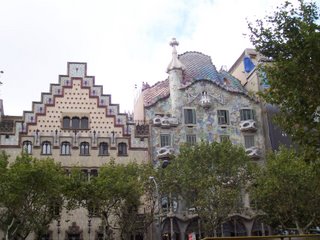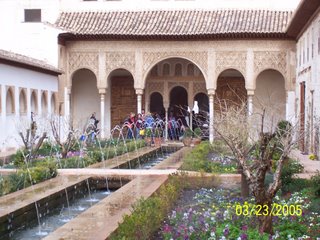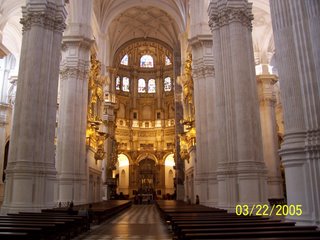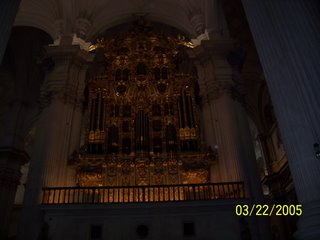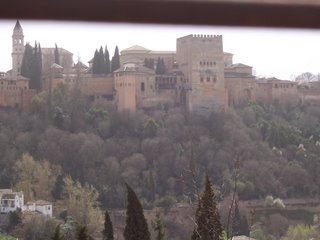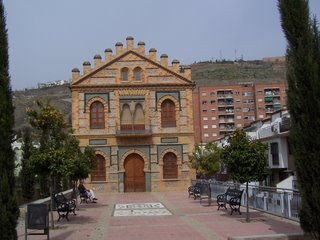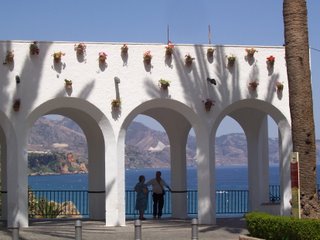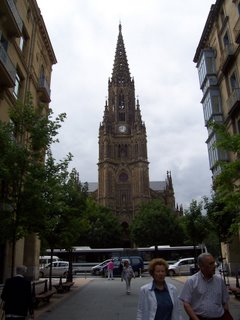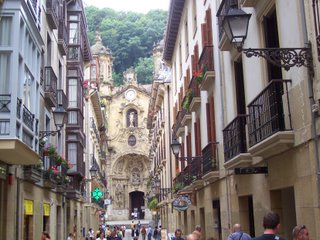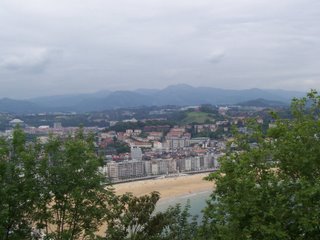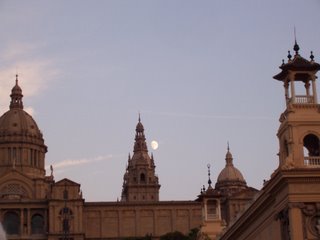 Barcelona is a mosaic of cultures and architecture. It was founded in 230 B.C. by the Carthaginians, and has since been handed over to the Romans, Visigoths, Muslims, and later defended by French troops, who ran off the Cordoban Muslim Califate. By the 10th Century, Barcelona had formed it's still-survivng Catalunyan identity, whose empire included Sicily, Malta, Sardinia, Valencia, the Balearic Islands, the French regions of Rousillon and Cerdagne and parts of Greece. Subsequent periods of outside rule - The Ho
Barcelona is a mosaic of cultures and architecture. It was founded in 230 B.C. by the Carthaginians, and has since been handed over to the Romans, Visigoths, Muslims, and later defended by French troops, who ran off the Cordoban Muslim Califate. By the 10th Century, Barcelona had formed it's still-survivng Catalunyan identity, whose empire included Sicily, Malta, Sardinia, Valencia, the Balearic Islands, the French regions of Rousillon and Cerdagne and parts of Greece. Subsequent periods of outside rule - The Ho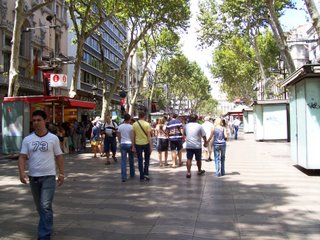 ly Roman Emperor of Spain (Charles V) in the 16th C., Napoleon Bonaparte's brother Joseph in the early 19th C. and General Francisco Franco's 36-year dictatorship from 1939 to 1975 - saw the suspension of Catalunyan culture and language. The result was a rogue Barcelona with an extreme propensity towards nationalism. Barcelona has also proved itself in the past couple of centuries to be a city of international culture and a gateway for new ideas into the Iberian Peninsula.
ly Roman Emperor of Spain (Charles V) in the 16th C., Napoleon Bonaparte's brother Joseph in the early 19th C. and General Francisco Franco's 36-year dictatorship from 1939 to 1975 - saw the suspension of Catalunyan culture and language. The result was a rogue Barcelona with an extreme propensity towards nationalism. Barcelona has also proved itself in the past couple of centuries to be a city of international culture and a gateway for new ideas into the Iberian Peninsula.It is the home of Antoní Gaudí, a
 leader in Modernist architecture, Pablo Picasso, Salvador Dalí, two World's Fair, the Olympics of 1992, and a booming fashion influence. The city can be seen as a patch-work quilt that spans centuries of proud urban planning, until it was spoilt by the clumsy urban expansion led by the Franco Regime. The city today has recovered from its cultural supression, and ,since 1982, when the Spanish Constutution allowed for Catalunya's semi-independence as a nation, the Catalan language and culture is alive and well. Today, Barcelona is the second-largest city in Spain and is, with 1.5 million people in the city proper, one of the most densly poppulated cities in Europe. The entire metro area has around 5 million people, and the city is the seat of the Catalunya national government, who are in the process of signing a new Statute of Autonomy of Catalunya, giving them further autonomy from the federal government in Madrid.
leader in Modernist architecture, Pablo Picasso, Salvador Dalí, two World's Fair, the Olympics of 1992, and a booming fashion influence. The city can be seen as a patch-work quilt that spans centuries of proud urban planning, until it was spoilt by the clumsy urban expansion led by the Franco Regime. The city today has recovered from its cultural supression, and ,since 1982, when the Spanish Constutution allowed for Catalunya's semi-independence as a nation, the Catalan language and culture is alive and well. Today, Barcelona is the second-largest city in Spain and is, with 1.5 million people in the city proper, one of the most densly poppulated cities in Europe. The entire metro area has around 5 million people, and the city is the seat of the Catalunya national government, who are in the process of signing a new Statute of Autonomy of Catalunya, giving them further autonomy from the federal government in Madrid.